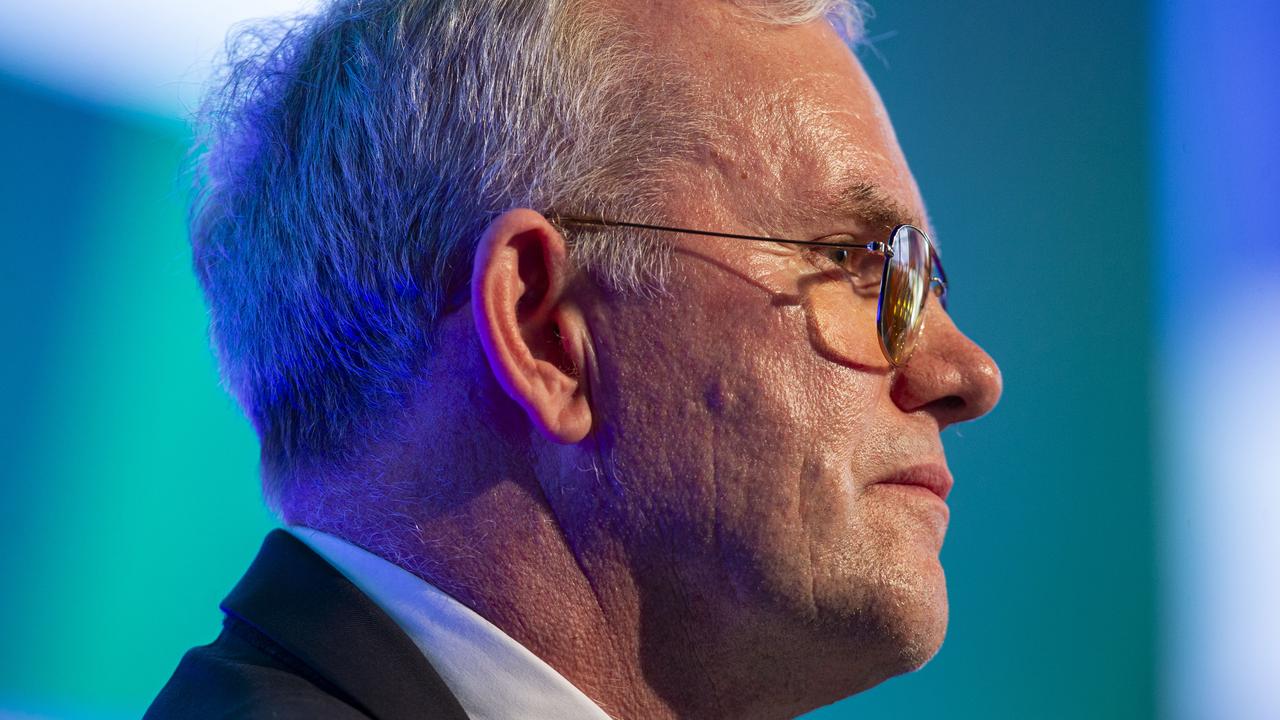‘Mirror, Mirror on the wall’: Here’s the weird and fairest of them all at CES
The world’s biggest consumer electronics show is being held in Las Vegas this week, showcasing the weird, wacky and wonderful. Here’s what’s on offer.
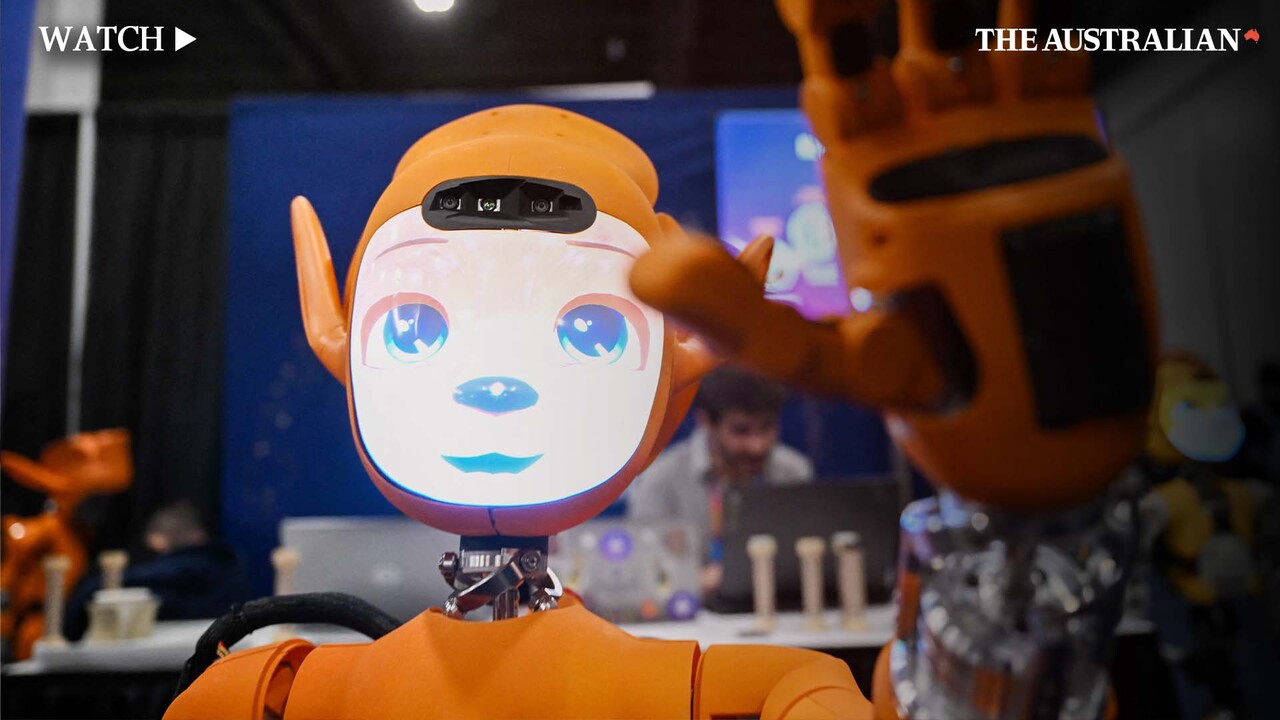
Business
Don't miss out on the headlines from Business. Followed categories will be added to My News.
‘Mirror, mirror on the wall, who’s the fairest of them all?’ — so goes the fairytale, but Samsung is making it a reality, an LED “Beauty Mirror”.
Want to know if you need a bit of moisturising? The mirror will analyse your skin type and let you know, and more, including what the best beauty products to use.
The latest device is part of the weird, wacky and wonderful of CES — the world’s biggest consumer electronics show in Las Vegas.
The event does not start officially until Tuesday (Australian time) but The Australian has been given a sneak peak of what to expect.
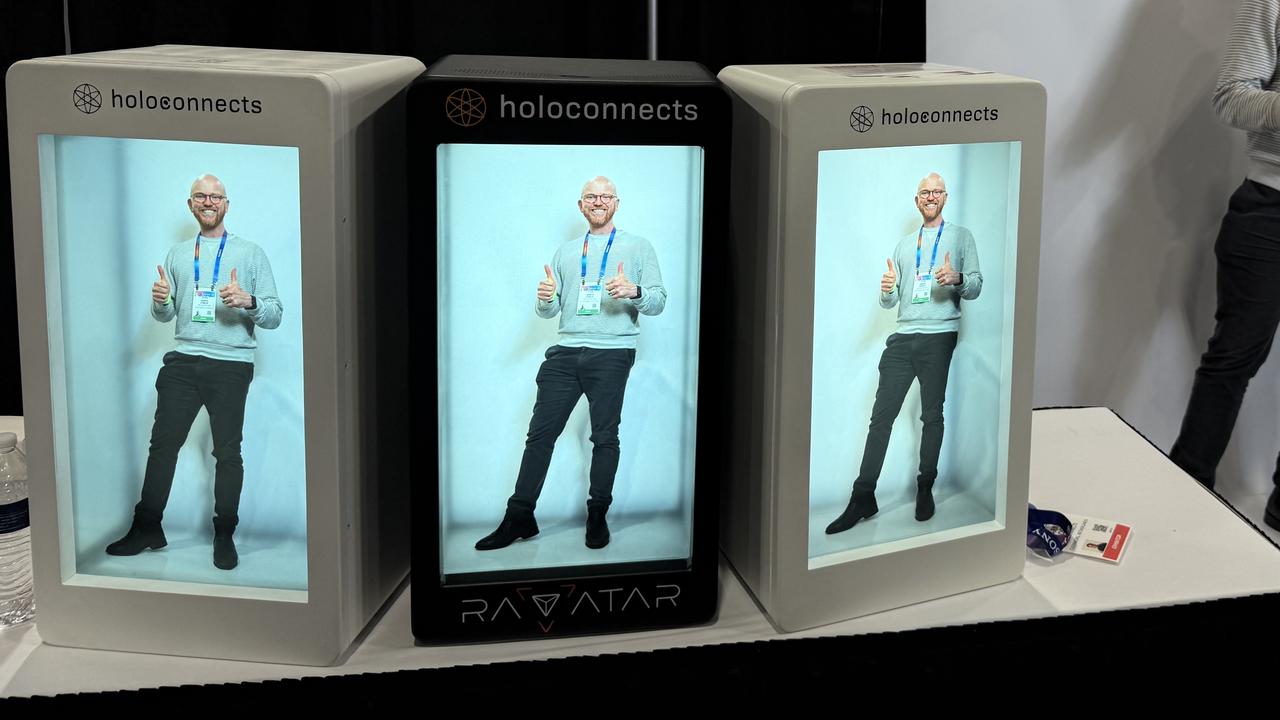
The line-up of thousands of gadgets on offer captures both the brilliant and bizarre. There is a robot dog companion with a red eye like the Terminator, smart pet collars and artificial intelligence-powered glasses for the blind, holograms and more.
About 130,000 people from 150 countries have descended on the casino city to see thousands of the latest gadgets from big brands through to start-ups hoping to crack the big time. Here’s what to expect.
Samsung ‘Beauty mirror’
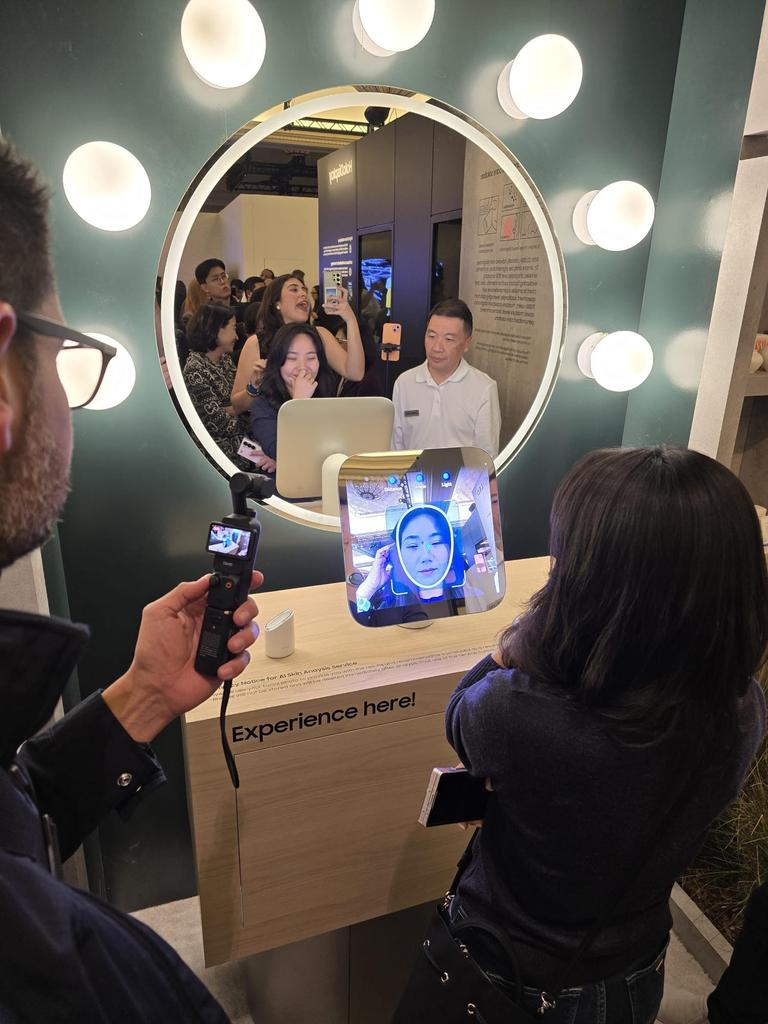
Samsung has developed its Beauty Mirror using micro LEDs, proving how the technology can be applied beyond televisions.
To deliver a “true mirror-like experience”, the Korean electronics behemoth has used an aluminium and niobium micro-patterned mirror structure.
It has combined “advanced reflectance and transmittance capabilities with personalised beauty insights, demonstrating how cutting-edge technology can enhance daily routines”.
The device uses artificial intelligence to analyse your face and skin — tapping into more than 20,000 clinically labelled skin diagnoses. It can evaluate pigmentation, erythema, wrinkles and pores with more than 85 per cent accuracy.
The mirror can then recommends products from its partner, leading Korean cosmetics company Amorepacific.
“By analysing individual skin types, the mirror provides tailored product recommendations to make self-care more intuitive and effective, leveraging innovative beauty solutions developed by Amorepacific, Korea’s leading cosmetics company,” Samsung said.
Terminator dog robot
Chinese outfit Hengbot Innovation has developed its first “bionic robot dog” called Sirius — which it says it not just a machine, but a “companion for emotional interaction, designed to connect with humans in the most vivid, gentle and friendly manner”.
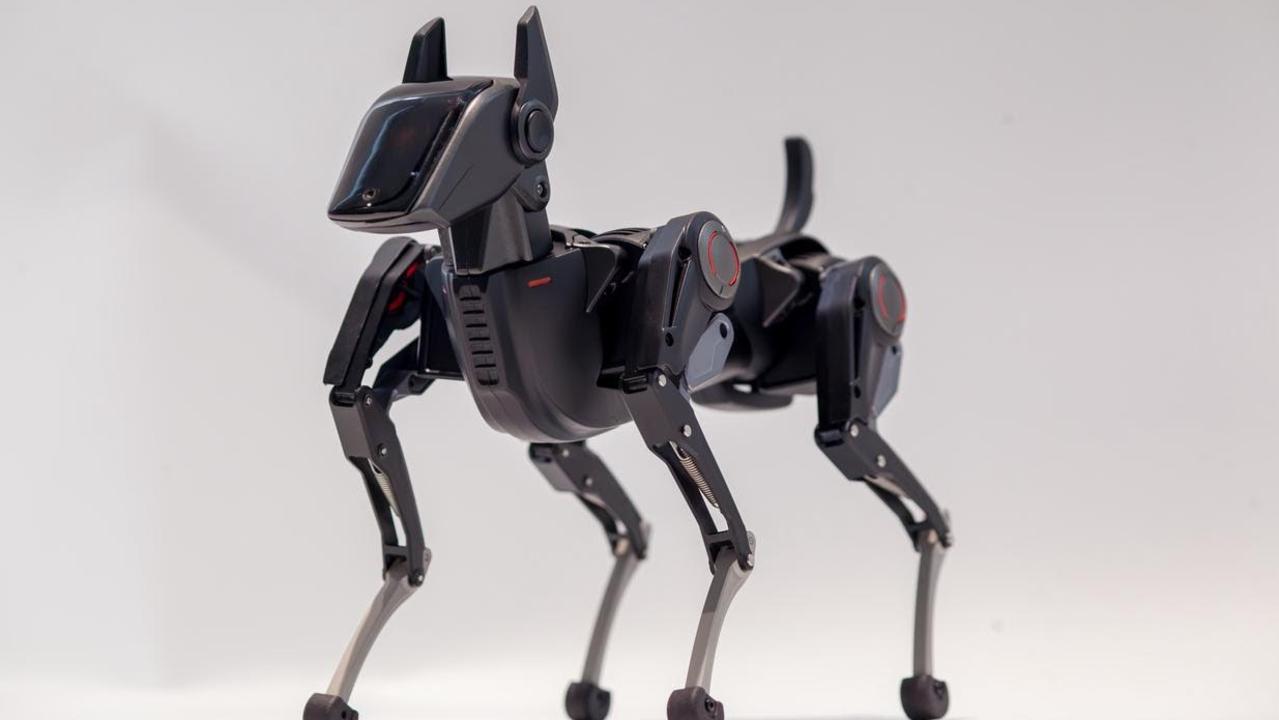
It says this means it can act as a pet alternative for those with allergies, but also boasts other features, including the ability to educate children and “entertainment performances”.
“Sirius can interact with children, becoming a partner in education and entertainment, helping them learn the basics of programming, robotics, and artificial intelligence,” Hengbot said.
“Due to its flexible movements and realistic appearance, Sirius can be used for entertainment performances, such as robotic dancing.”
The design is reminiscent of the Terminator — complete with a red eye. But, Hengbot stresses it’s a machine built to create warmth, not become a terrorising terrier.
“Hengbot takes on social responsibility by committing to creating robots with soul and warmth. Our goal is to consistently deliver superior products and services globally, enriching and improving the quality of human life, enhancing happiness, and bridging the gap between nature and technology.”
It says it will launch a crowd-funding campaign this year to help officially bring Sirius to market.
Lifelike robot dog
If a Terminator-like dog robot is too freaky for you, Californian start-up Tombot has a solution. It has developed a lifelike golden retriever puppy it says will “revolutionise dementia care and health monitoring”.
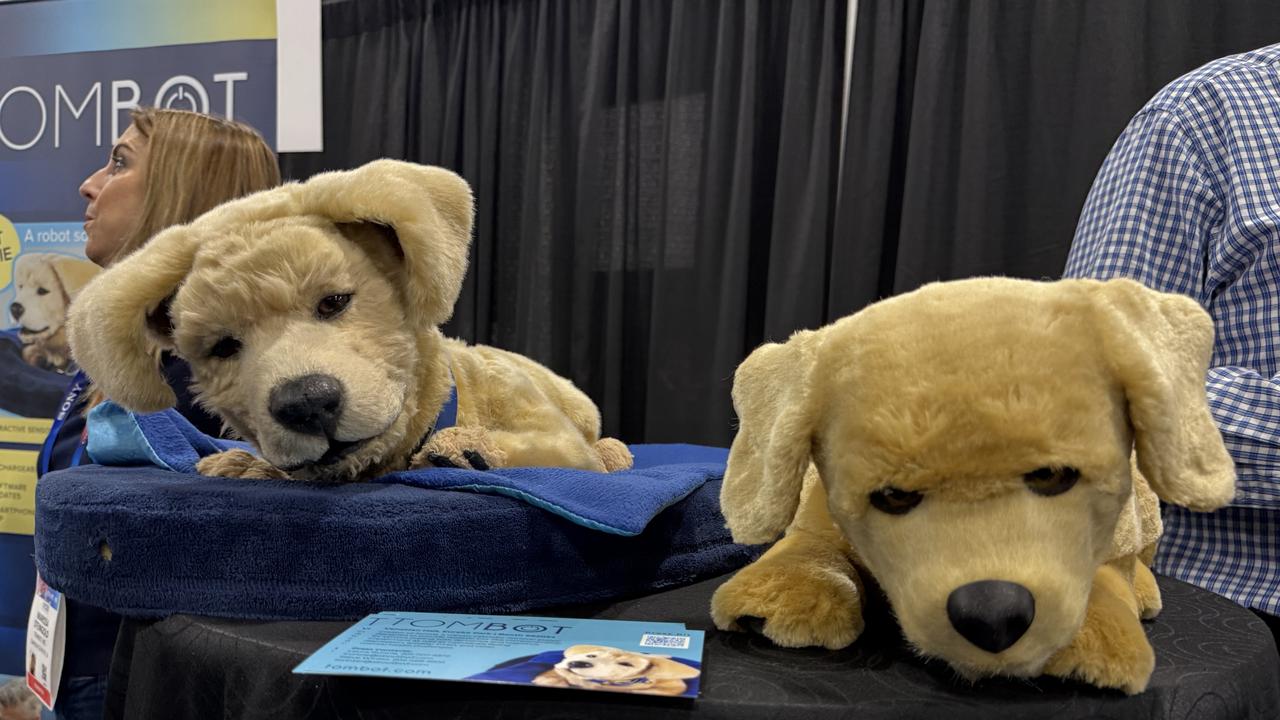
The catch? The dog doesn’t walk, given it is likely to present a trip hazard for those with cognitive impairments. Instead, the dog is designed to function as a lapdog, responding to pats and words by its owner.
Tom Stevens founded the company in 2017 after his mother Nancy was diagnosed with Alzheimer’s disease six years earlier.
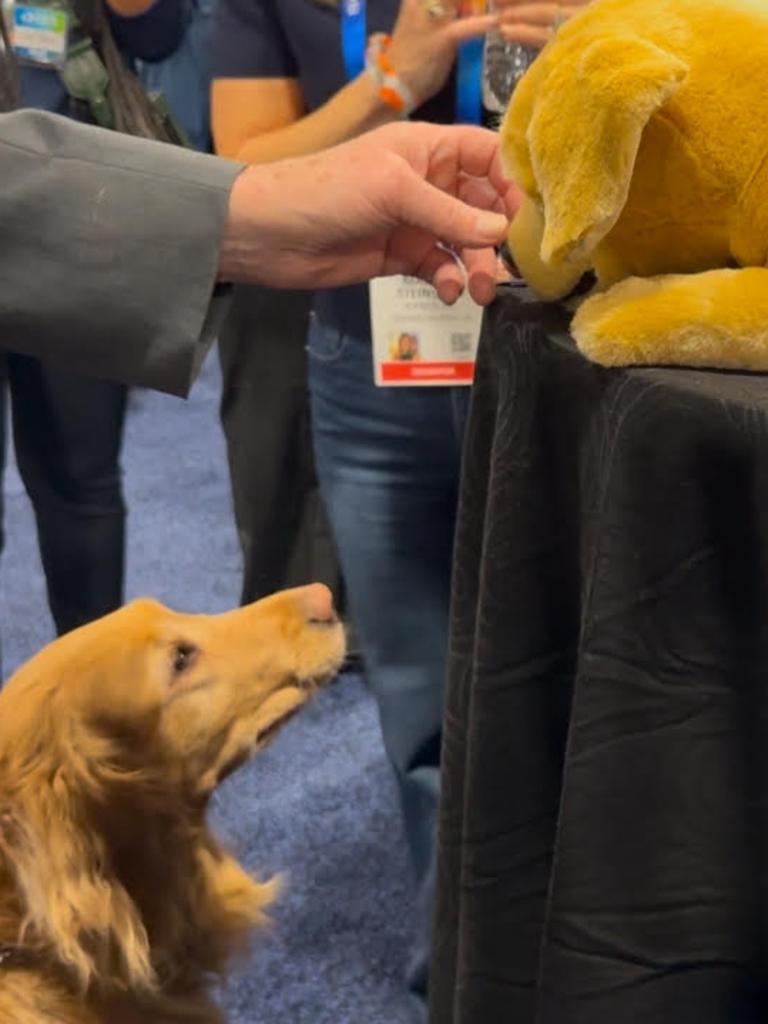
“I’ve faced a number of tough choices in my life, but taking away my mother’s dog was among the most difficult. Nancy was always eccentric. In 2011, that quirky charm dwindled away,” Mr Stevens said.
“What was originally diagnosed as mild cognitive impairment steadily progressed to Alzheimer’s dementia. Not only did Nancy lose her ability to care for herself, she also trained her Goldendoodle puppy, Golden Bear, to be aggressive toward her caregiver. Golden Bear was Nancy’s best friend and primary companion. Sadly, rehoming my mother’s dog exacerbated her severe loneliness and depression.
“At the time, I didn’t realise that my mother’s story was shared by millions of people facing health adversities who cannot safely or practically care for a live animal.”
Tombot has received more 7500 pre-orders globally and is expected to deliver its robotic dogs to customers this year. The robots have a lifelike design thanks to Jim Henson’s Creature Shop.
Embedded sensors respond to touch based on location and intensity, producing puppy-like reactions which enhance emotional connections.
Advanced AI enables the robotic dog, called Jennie, to understand and respond to commands: “Tell her to speak and she will bark”.
‘Secret agent’ pet tracker
Petcare is a big business at CES, particularly smart collars designed not only to track an animal’s location but also monitor their health.
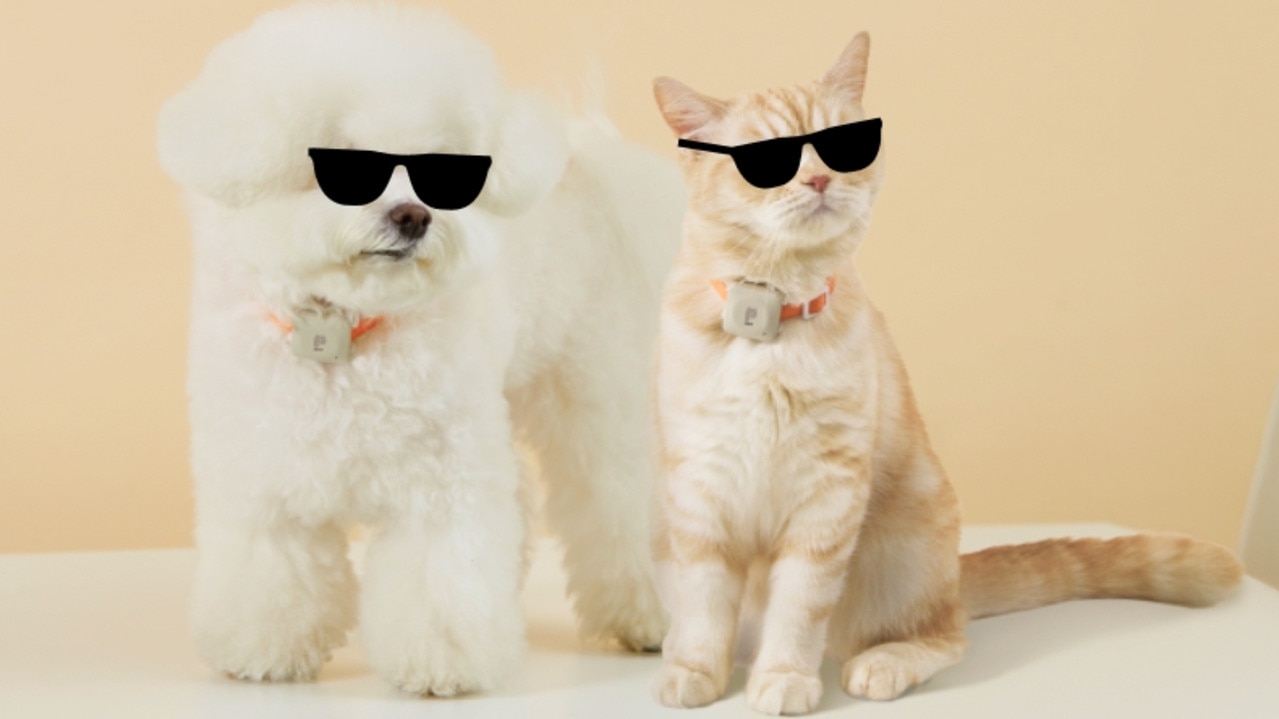
Purrsong has launched its device, which it says turns pets into “secret agents”, its LavvieTag Pro. It’s designed to “redefine how we protect and understand our furry companions” by harnessing artificial intelligence.
Purrsong says is uses AI to “decipher your pet’s secret codes”. This includes analysing walking, running, sleeping, eating, drinking, scratching an even vomiting.
It says its AI-powered anomaly detection has a 95 per cent accuracy rate and is trained on data from more than 10,000 pets.
“Should your agent’s (pet’s) behaviour raise any red flags, LavvieTAG Pro will alert you, and we’re even developing a service to connect you with veterinary professionals for expert advice,” Purrsong said.
The collar weighs 15 grams and has a three-to-four month battery life. It can also track a pet’s location via a partnership with Samsung SmartThings Find.
A device measuring stress using saliva
Swiss healthcare start-up Nutrix has developed a “non-invasive” cortisol detection technology called CortiSense which uses saliva to measure stress levels.
It is hoping its product will help combat America’s $US300bn “stress-related absenteeism epidemic” and beyond.
Chief executive Maria Hahn said Nutrix was established to “empower” businesses to combat employee burnout and the “huge human and financial cost”.

“Statistics from the American Institute of Stress underscore the urgency of addressing this issue. They show that an estimated one million workers are absent daily due to stress,” Ms Hahn said.
“By adopting the cortiSense sensor, a seamless method for monitoring cortisol levels, Nutrix aims to equip organisations with an effective tool for managing stress.”

CortiSense works with Nutrix’s gSense app. A person applies saliva on a white rectangular sensor, waits 10 minutes for it to perform a reading, then they can view the results on the app and speak to a wellness coach if they wish.
Ms Hahn said Cortisol was linked to a range of conditions, including weight gain, sleep problems, acne, and difficulty maintaining energy levels throughout the day. “With cortiSense, users can conveniently understand and monitor the impact of cortisol on their mental and metabolic health throughout the day,” she said.
A lamp that doubles as garden
Korean electronics titan LG has unveiled a new indoor gardening appliance at CES this year. It combines a planter box with a lamp to create what says is a “elegant interior object and a highly practical means of producing fresh homegrown greens.

“This latest personal horticultural solution combines an advanced system that encourages fast, healthy plant growth with a modern floor-standing lamp design, effortlessly stylish in any setting,” LG said, adding it was designed for busy lifestyles and could grow different leafy greens, herbs, flowers and fruits.
“Ideal for gardening novices as well as urbanites who enjoy bringing nature into their homes, this appliance makes plant cultivation a simple and satisfying experience.”
It has a 5.7 litre water tank to support “continuous growing cycles” and hydration between refills.
The light — which has five intensity levels — is also designed to support plant growth. “Downward-facing lights with five intensity levels to support optimal plant growth during the day, and upward-facing mood lighting to create a cozy, calming ambience in the evening.
“With a 20-plant, four-seed-kit capacity, the new indoor gardening appliance automatically dispenses the right amount of water and nutrients for the number and variety of plants being grown.
“This advanced system ensures consistent care, even when users are away for extended periods, as long as a week. In addition, compatibility with the LG ThinQ app allows users to manage cultivation schedules, adjust lighting settings and monitor plant growth from any location.”
Next-generation laser projector
Hisense has launched what it calls the “latest in laser home cinema innovation” at CES, launching the next generation of its mini projectors with “curious toddler detection”, among other devices.
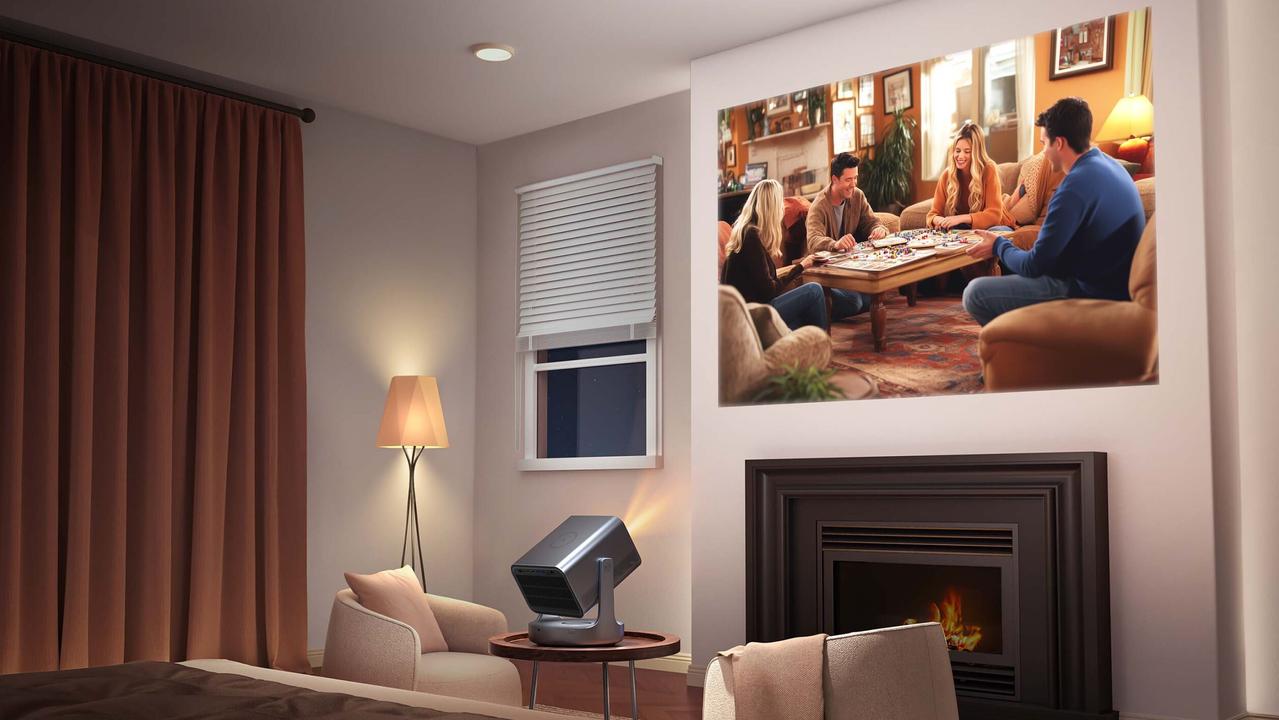
The company has unveiled two new C2 and C2 Ultra 4K TriChroma Laser Mini Projectors.
It showcased its C1 projector at CES last year, which featured “AutoMagic AI” adjustments, which automates focus, keystone and screen alignment and could detect obstacles, such as light switches, modifying the screen size — which can be projected from 65 inches to 300 inches.
Crucially, its spherical sensor could detect any “disturbance” or movement in front of the laser — such as a “curious toddler” and instantly cut out.
The C2 range is designed to take this further, featuring an “innovative gimbal design” which provides 360-degree horizontal rotation and 135-degree vertical rotation.
“The range seamlessly optimises its picture and audio, ensuring that TV shows, sports or video games are perfectly tuned to any setting — whether projected onto a screen, wall, or even the ceiling,” Hisense said.
“The C2 Ultra builds on C2’s already-premium offering with even more features, designed to take customer’s laser home cinema experience to the next level.”
The projectors display up to 3000 ANSI lumens. The C2 Ultra has an integrated subwoofer to provide “enveloping sound” as well as Xbox plug and play optimisation.
“By combining these premium innovations, the C2 and C2 Ultra ensure every moment of
entertainment is enjoyed with impeccable clarity and precision,” Hisense said.
Glasses for the blind
Romanian start-up Lumen showcased an update of its glasses for the blind and visually impaired. It uses AI to “understand the pedestrian world”, helping a user navigate their surroundings in a similar way to self-driving car technology.

It aims to help visually impaired people gain more independence, mimicking the behaviour of a guide dog.
“There a 338 million visually impaired people today, and despite all the technological advancements, the most used mobility solutions are the walking cane and the guide dog,” Lumen says.
“The guide dog is unanimously seen as a good option but it has a few drawbacks. It costs €40-€70 to buy one — and it can be a big responsibility for a blind person to provide care for such a companion. Because of this there are only 28,000 guide dogs to 338 million individuals with visual disabilities. Lumen offers a solution that mimics the benefits of a guide dog.
“If a guide dog walks by pulling the user’s hand, the glasses use patented haptic feedback to ‘pull’ the user’s head.”
The author travelled to Las Vegas with assistance from Samsung, LG and Hisense.
Originally published as ‘Mirror, Mirror on the wall’: Here’s the weird and fairest of them all at CES







